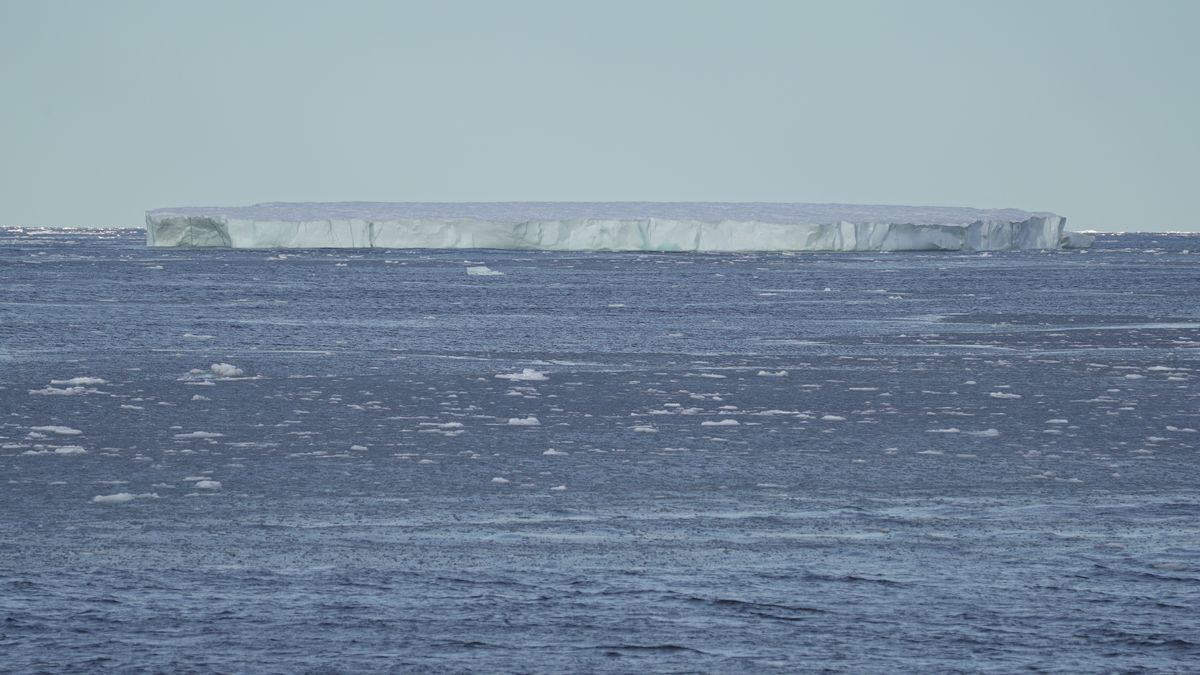Arctic permafrost is melting. What does that mean?
Because Arctic temps have already increased by about 3 C, these warmer air temperatures warm up the ground.

A few minutes every morning is all you need.
Stay up to date on the world's Headlines and Human Stories. It's fun, it's factual, it's fluff-free.
Permafrost is kinda exactly what it sounds like. It’s parts of an area that have remained frozen, season after season, year after year. In the Arctic, even when the top layers of soil yield plants during the spring and summer, deeper layers of the ground (including rock) remain icy solid, never quite melting. That’s Arctic permafrost. It’s in 15% of land in the northern hemisphere and is important for keeping things in balance.
But this permafrost may not be so permanent, after all, as it starts to experience the effects of climate change. Because Arctic temps have already increased by about 3 C, these warmer air temperatures warm up the ground. The top layers of permafrost are starting to become victim to this. Climate disasters, like wildfires, also play a role in speeding up the thaw of permafrost.
“There’s a lot going on with the permafrost that is of concern, and [it] really shows why it’s super important that we keep as much of the permafrost frozen as possible,” says Kimberley Miner, a climate scientist at the NASA Jet Propulsion Laboratory at the California Institute of Technology. One of the big issues with melting permafrost is that it could start releasing everything that’s frozen within it, from chemical and radioactive waste to stores of greenhouse gases like methane (which could speed up climate change even more) to dangerous, ancient microbes.
We want to talk about those microbes. Even after being frozen in ice for thousands of years, viruses, bacteria and even really small animals can “reactivate” when they are thawed out. This means that potentially dangerous microbes could come back to bite us as the permafrost melts. These so-called “zombie viruses,” which are still infectious, are a major focus of research in this area.
Recently, scientists revived a 48,500-year-old strain of one of these zombie viruses found in the Siberian permafrost, the longest-frozen virus they’ve been able to reanimate.
“50,000 years back in time takes us to when Neanderthal disappeared from the region,” explains virologist Jean-Michel Claverie. “If Neanderthals died of an unknown viral disease and this virus resurfaces, it could be a danger to us.”




Comments ()